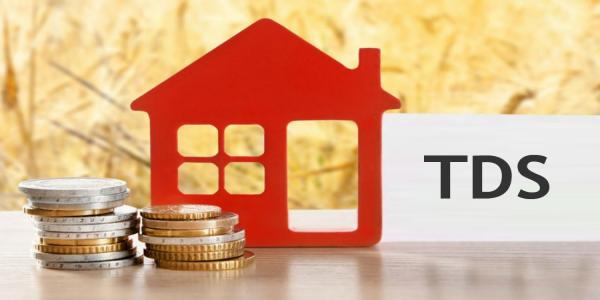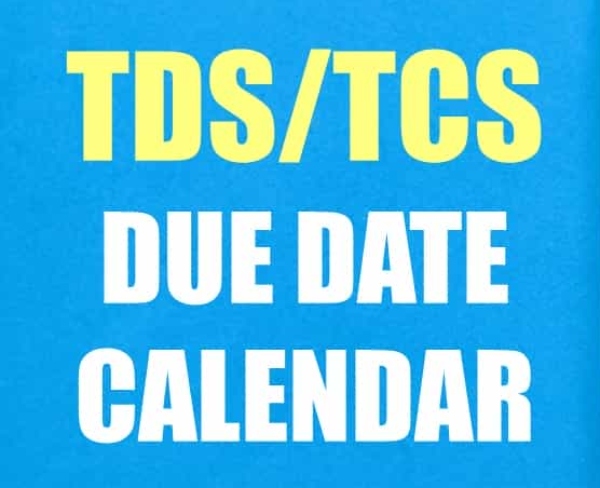In the Union Budget for 2022-23, the finance minister proposed that when buying a property, the homebuyer should deduct tax deducted at source (TDS) at the rate of 1 per cent on a non-agriculture immovable property of over Rs 50 lakh on the basis of the sale price or the stamp duty value, whichever is higher, after an amendment in the Income Tax Act. This amendment will take effect from April 1, 2022.
“Currently, TDS is required to be deducted on the amount of consideration paid by the transferee to the transferor. However, while taxing the capital gain on sale of immoveable property, sale consideration and stamp duty value, whichever is higher, is considered,” said Homi Mistry, Partner, Deloitte India.
Finance Minister Nirmala Sitharaman in her Budget speech proposed the amendment to do away with the anomaly in the law. This amendment will also help the government in identifying such transactions clearly, where any property is bought below its stamp value.
Income Tax Return: TDS Rules Change from This Month. All You Need to Know
“To maintain parity, it is proposed that in case of transfer of an immovable property (other than agricultural land), TDS is to be deducted at 1 per cent on the amount paid to the resident or the stamp duty value of such property (both in excess of Rs 50 lakhs), whichever is higher,” Mistry explained.
As per the proposals of Budget 2022, it is proposed to amend section 194-IA and consider the stamp duty value of such property as well for calculating the TDS amount. As per the proposal, TDS of 1 per cent will be calculated on the sale considering or stamp duty value of such property, whichever is higher. Thus, in case the stamp duty value of the property is high as compared to the sale value, TDS is to be deducted on such stamp duty value of the property.
“TDS of 1 per cent is applicable on sale of immovable property on the sum paid to the seller i.e. 1 per cent is applicable on the consideration paid to the seller. The buyer has to deduct this TDS. Here stamp duty value is not considered. However, where business income is calculated or where capital gains have to be calculated if the transaction value is less than stamp duty value, the higher value is considered. The same has been made applicable to TDS, whereby, stamp duty value if higher shall apply for TDS of 1 per cent. This move has come even though such TDS is adjustable for the taxpayer (seller) against tax payable overall, and where capital gains are invested, such TDS is in fact refunded,” said Archit Gupta, founder and chief executive officer – Clear.
So, if a person named X buys a house property from builder A for Rs 2 crore whereas stamp duty value of the property is Rs 2.5 crore. Earlier, he would have withheld taxes of Rs 2 lakh (1 per cent of Rs 2 crore). Now he is required to withhold 1 per cent tax on Rs 2.5 crore, as it is the higher amount. So Mr X will deduct Rs 25 lakh from Rs 25 crore as TDS.
Investment experts believe that this move will help contain tax evasion as it would reflect in Form 26AS of both buyers and sellers. If there would be any mismatch, then the income tax department may chip in find out the offender in such case. “This will lead to higher tax mop-up – which may be later adjusted against tax dues or refunded if cap gains are claimed as exempt,” Gupta said.
“In case the consideration paid for the transfer of immovable property and the stamp duty value of such property are both less than Rs 50 lakh, then no tax is to be deducted under section 194-IA, it added,” the Budget memorandum pointed out.
Source:-news18




